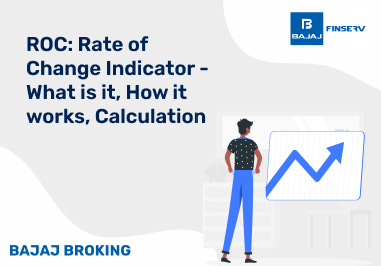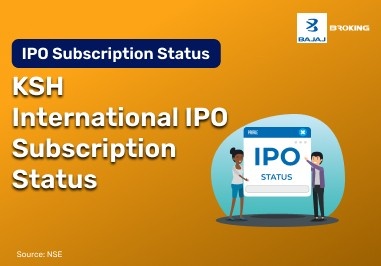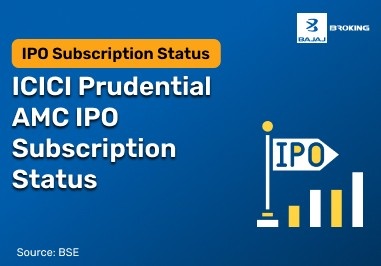Fractional ownership is an investment model that allows multiple investors to share ownership of high-value assets. It provides access to assets that may otherwise be unaffordable, such as real estate, stocks, and bonds. By investing in fractional ownership, individuals can diversify their portfolios without committing significant capital. This model is widely used in financial markets, enabling investors to invest in US stocks, ETFs, and bonds without purchasing full shares. With the rise of digital platforms, fractional ownership has gained popularity among retail investors, offering a cost-effective way to build wealth through assets like mutual funds and real estate.
What Is Fractional Ownership?
Fractional ownership is a system where multiple investors collectively own a portion of an asset rather than buying it outright. It is commonly used in stocks, real estate, and bonds, allowing investors to participate in high-value investments with lower capital. Each investor holds a proportional share and benefits from price appreciation or income generated by the asset.
For example, an investor looking to invest in US stocks but lacking sufficient funds can buy fractional shares of companies like Amazon or Google. Similarly, fractional ownership in real estate allows multiple investors to co-own a property and earn rental income. This model is particularly beneficial for those looking to invest in mutual funds, ETFs, and bonds, as it enhances diversification while reducing financial risk.
How Fractional Ownership Works
- Pooling Capital – Investors contribute capital to collectively purchase an asset.
- Ownership Distribution – Each investor holds a fractional share based on their contribution.
- Asset Management – A management company oversees the asset, handling operations and returns distribution.
- Earning Potential – Investors earn returns through dividends, rent, or capital appreciation.
- Liquidity Options – Some platforms allow investors to sell their fractional shares in secondary markets.
- Legal Agreements – Ownership agreements outline rights, responsibilities, and profit-sharing among investors.
- Market-Based Pricing – The value of fractional shares fluctuates based on market conditions.
- Diverse Investment Choices – Investors can participate in various assets, including stocks, ETFs, real estate, and bonds.
Fractional Ownership Across Different Asset Classes
Fractional ownership applies to various asset classes, providing investors with affordable access to diversified investment opportunities. Whether through stocks, bonds, or real estate, this model allows individuals to invest in high-value assets without requiring full ownership.
Fractional Ownership in Shares and Stocks
Fractional ownership in shares enables investors to buy a portion of high-priced stocks instead of purchasing entire shares. This is particularly useful for those looking to invest in US stocks, where share prices of leading companies can be prohibitively high. With platforms offering fractional trading, investors can diversify their portfolios with stocks from global markets. ETFs also facilitate fractional ownership, allowing investors to gain exposure to multiple stocks through a single investment.
Fractional Ownership in Bonds
Investing in bonds through fractional ownership provides access to high-quality fixed-income securities with lower capital requirements. Instead of purchasing an entire bond, investors can buy a fraction of it, benefiting from regular interest payments. This model makes it easier to invest in bonds issued by corporations and governments, offering a more accessible way to build a balanced portfolio. Fractional bond investments are particularly useful for those looking to invest in mutual funds with fixed-income exposure.
Fractional Ownership in Real Estate
Fractional ownership in real estate allows multiple investors to co-own properties and earn rental income or capital appreciation. This investment model enables individuals to participate in real estate markets without the high costs of full ownership. Investors can own fractions of commercial or residential properties, reducing risk and improving liquidity. Some platforms even provide secondary markets for fractional real estate, allowing investors to trade their shares.
Benefits of Fractional Ownership
- Affordable Access – Enables investors to participate in high-value assets with minimal capital.
- Diversification – Reduces risk by spreading investments across multiple asset classes.
- Increased Liquidity – Some platforms offer secondary markets for trading fractional shares.
- Passive Income – Provides returns through dividends, interest, or rental income.
- Lower Investment Barriers – Makes it easier to invest in US stocks, ETFs, and real estate.
- Professional Management – Assets are often managed by experienced professionals.
- Flexibility – Investors can choose their desired level of exposure in different asset classes.
- Global Investment Opportunities – Facilitates international investments without geographical limitations.
Limitations of Fractional Ownership
- Limited Control – Investors do not have full decision-making authority over the asset.
- Market Risks – Asset prices can fluctuate based on market conditions.
- Liquidity Constraints – Selling fractional shares may not always be easy, depending on the platform.
- Regulatory Challenges – Different jurisdictions may have varying legal frameworks.
- Management Fees – Investors may incur costs related to asset management.
- Lower Return Potential – Returns are proportional to ownership, limiting profit potential.
- Legal Complexities – Ownership agreements may have restrictions on transfers and sales.
- Tax Implications – Fractional ownership may be subject to complex tax regulations.
Tax Implications of Fractional Ownership
- Capital Gains Tax – Investors must pay capital gains tax on profits from selling fractional shares.
- Dividend Taxation – Dividend earnings from fractional shares are subject to applicable tax rates.
- Property Tax – Fractional real estate investors may be liable for a share of property taxes.
- Interest Income Tax – Earnings from fractional bond ownership may be taxed as interest income.
- Cross-Border Taxation – Investments in foreign stocks or bonds may be subject to international tax laws.
- Tax Deductions – Some jurisdictions offer tax benefits on certain fractional investments.
- Reporting Requirements – Investors must declare fractional holdings in their tax filings.
- Wealth Tax Considerations – Large fractional investments may be included in wealth tax calculations.
Conclusion
Fractional ownership is revolutionising the investment landscape by providing access to high-value assets with lower capital requirements. Whether investors want to invest in US stocks, invest in bonds, or explore real estate, fractional ownership offers an efficient and affordable solution. With its benefits of diversification and affordability, it has become an attractive investment strategy. However, investors should be mindful of its limitations, including liquidity constraints and tax implications. By leveraging fractional ownership, individuals can build a balanced and diversified portfolio that aligns with their financial goals while minimising investment risks.
Do you have a trading account app or demat account app?
You can open an account with Bajaj Broking in minutes.
Download the Bajaj Broking app now from Play Store or App Store.
Disclaimer: Investments in the securities market are subject to market risk, read all related documents carefully before investing.
This content is for educational purposes only. Securities quoted are exemplary and not recommendatory.
For All Disclaimers Click Here: https://www.bajajbroking.in/disclaimer













